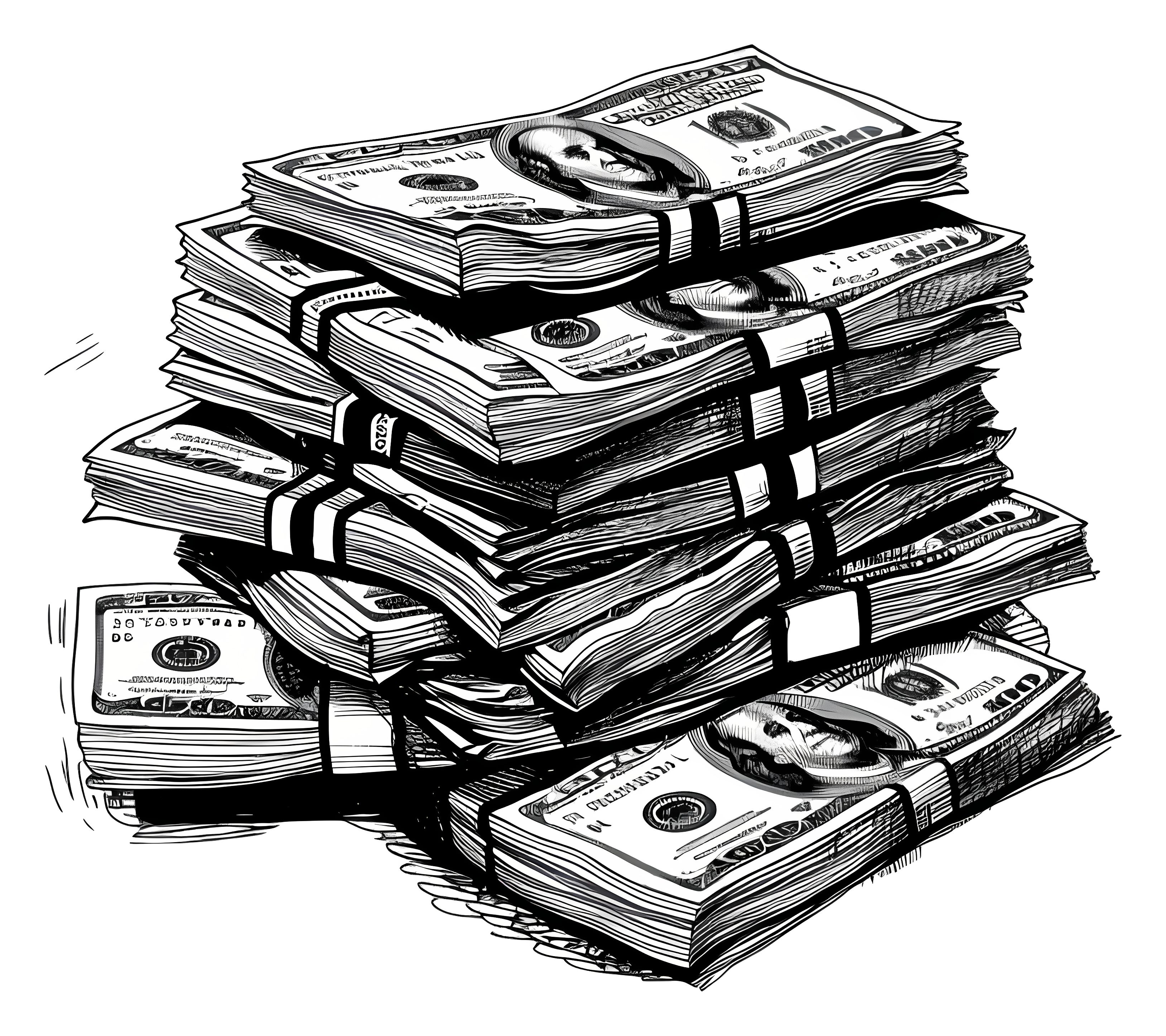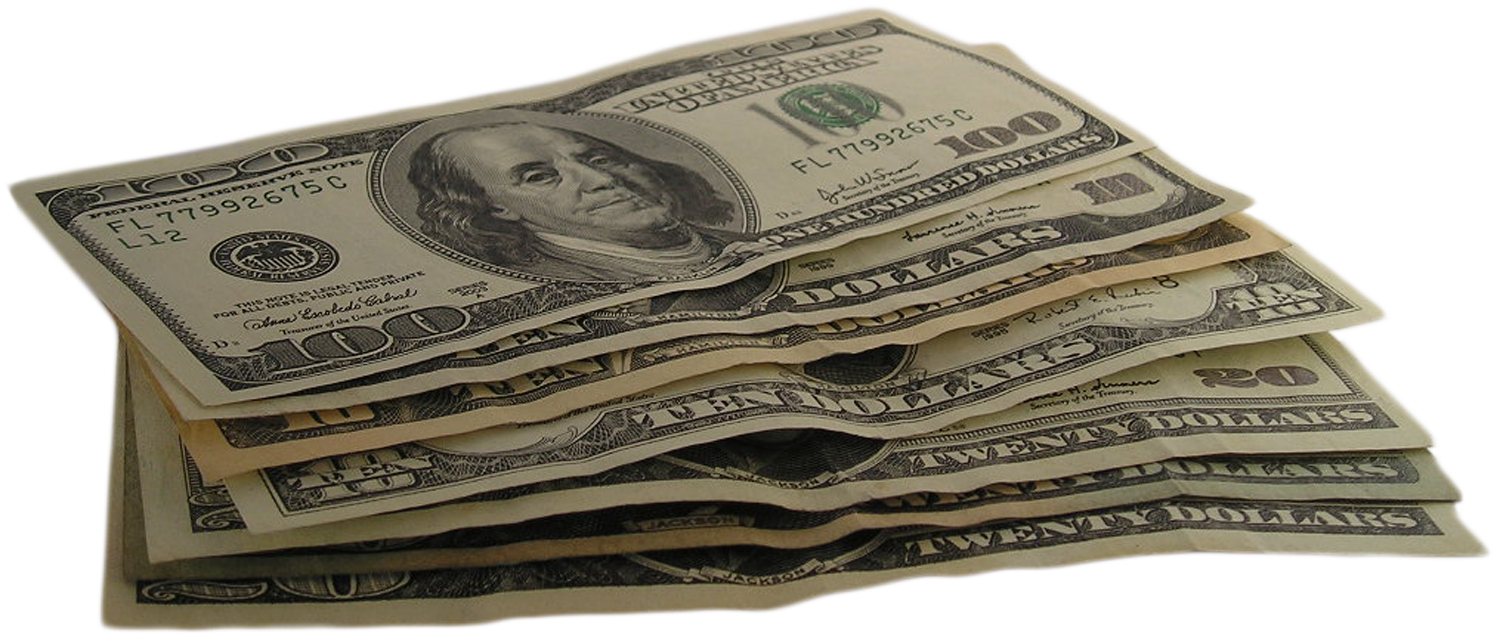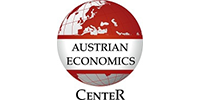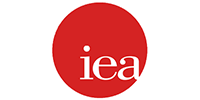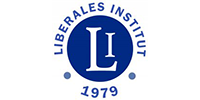Dollarizing Argentina would be cheaper
The last few weeks have shown a classic of the Argentine economy: the need (or urgency) for an agreement with the IMF to avoid an exchange rate crisis and (in theory) eliminate exchange restrictions. There is talk of a $20 billion loan. Argentina continues to ask international markets for an expensive financial respirator.
What is still overlooked in the discussion about which monetary regime is best for Argentina, it seems to me, is that in terms of how many dollars would be needed, dollarizing is cheaper than sustaining the peso.
Let’s start with the current situation. The government is asking the IMF for $20 billion to remove financial capital regulation (clamps is more appropriate) while avoiding a jump in the exchange rate. Let’s assume that this amount is sufficient to meet this objective, that is, to face an abrupt and instantaneous demand for dollars in the foreign exchange market. There is no genuine demand for pesos at this exchange rate. There are strict limits to access the exchange rate market and a carrot (carry-trade facilitated by the crawling peg policy). If the objective is to maintain the crawling peg, then such a loan does not solve the problem of “avoiding an exchange rate jump;” it only kicks the problem down the road and complicates it by adding carry-trade interest to the future demand for dollars.
Dollarization is cheaper in two ways. First, as Emilio Ocampo and I have repeated many times, $20 billion is not needed abruptly and immediately in the case of formal dollarization. In Ecuador and El Salvador, exchanging all the circulating currency for dollars took between 9 and 24 months, respectively. Except in the case of a bank run (in my view unlikely), dollarizing deposits and other financial assets do not require “cash dollars.” To maintain that to dollarize is not necessary to have all the dollars on day one is not a theoretical hypothesis. The data show that a year after dollarization, Ecuador’s central bank (BCE) not only did not lose reserves but increased them despite having dollarized all the currency. One way to cancel the idea of dollarization is to insist that dollarization must be done in an impossible way that has nothing to do with what was done in those countries.
The second reason why dollarization is cheaper than maintaining this exchange rate regime is that it would dollarize the financial assets that the government fears will rush to buy dollars. The Argentine government refers to broad BM as BM + financial liabilities (originally issued by the central bank). Dollarization gradually converts the BM to dollars while financial liabilities are redenominated in dollars, so they do not need to be exchanged. If, in addition, when the banking system is dollarized, the pesos return to the banks, they are converted into dollars without the need to exchange them for “cash dollars.” This happened in both Ecuador and El Salvador.
Dollarization, on the other hand, adds an ingredient that is unattainable with the peso and Argentine politics: credibility. The different monetary and exchange rate regimes that depend on local politics are not credible in the long run. Hence, Argentina keeps repeating its crisis, as in the movie Groundhog Day.
Since the return to democracy, finance ministers have lasted an average of 500 days (less than two years). The presidents of the BCRA hold office for an average of 600 days (also less than two years). With each change in monetary authority, the government’s economic policy returns to square one. You cannot build a stable monetary policy on top of an unstable monetary policy. A stable monetary policy needs stable roots.
Formal dollarization is different in the sense that such a regime minimizes its dependence on local politics. Returning to the example of Ecuador, dollarization has been in force for more years than all the country’s constitutions since independence. The dollar turned out to be the most durable, credible, and appreciated institution by Ecuadorians. This credibility component contributes to dollarization being “cheaper” than keeping the peso alive (a decision that contributes to the high amounts of public debt).
Argentina is once again locked in a discussion between a fixed exchange rate (in its crawling peg version) and a floating exchange rate. The country’s history shows that Argentina cannot float, nor can it fix its exchange rate. To pretend otherwise is voluntarism. Dollarization, which is not the same as a traditional fixed exchange rate regime or a currency board, is a credible and durable way to avoid this dilemma of unstable solutions. For those who strive for an efficient Argentine currency, dollarization might be the bridge needed to reach such dreams.
This material was originally published here: https://economicorder.substack.com/p/dollarizing-argentina-would-be-cheaper

